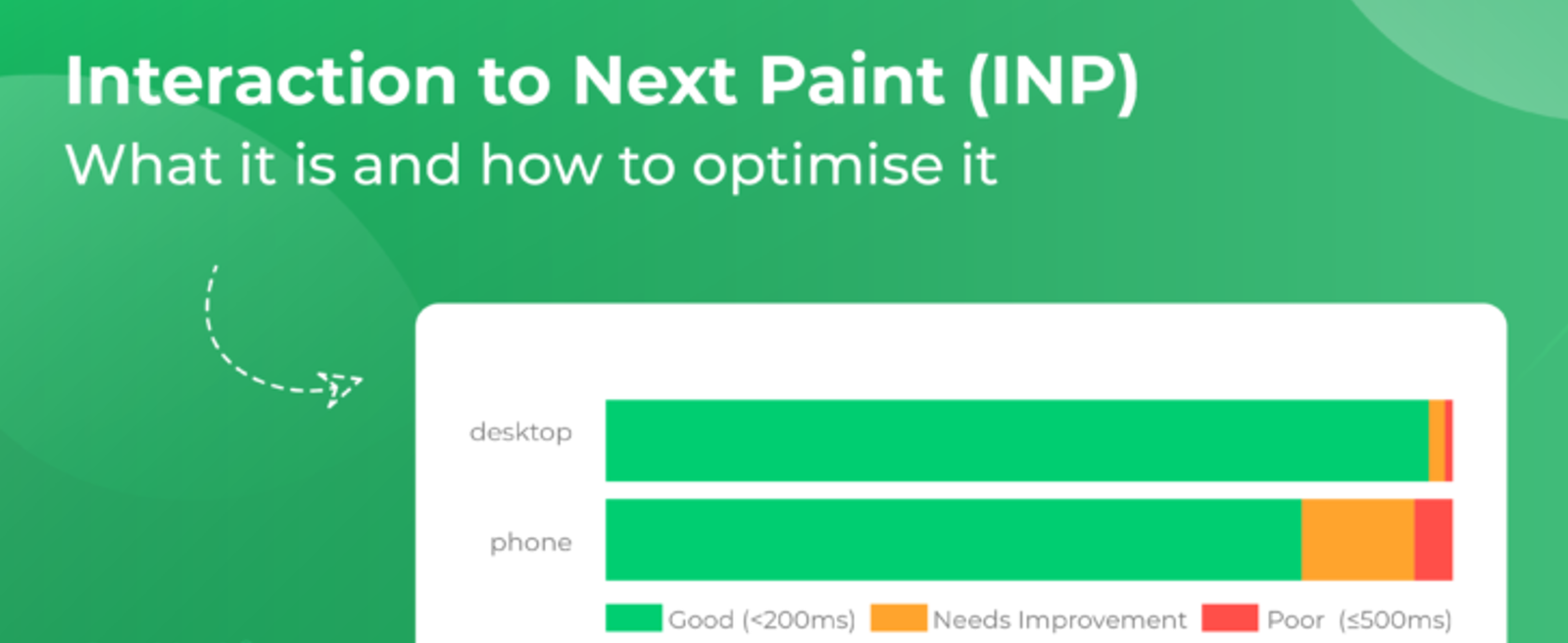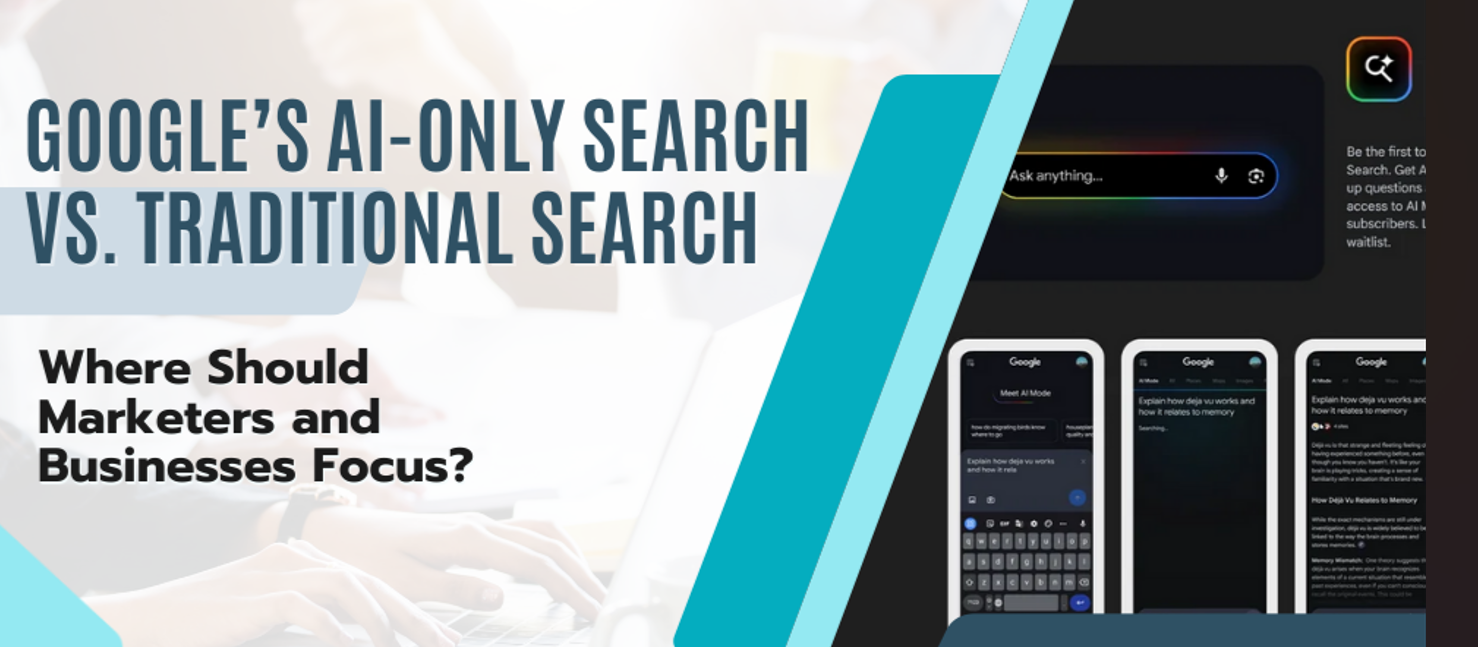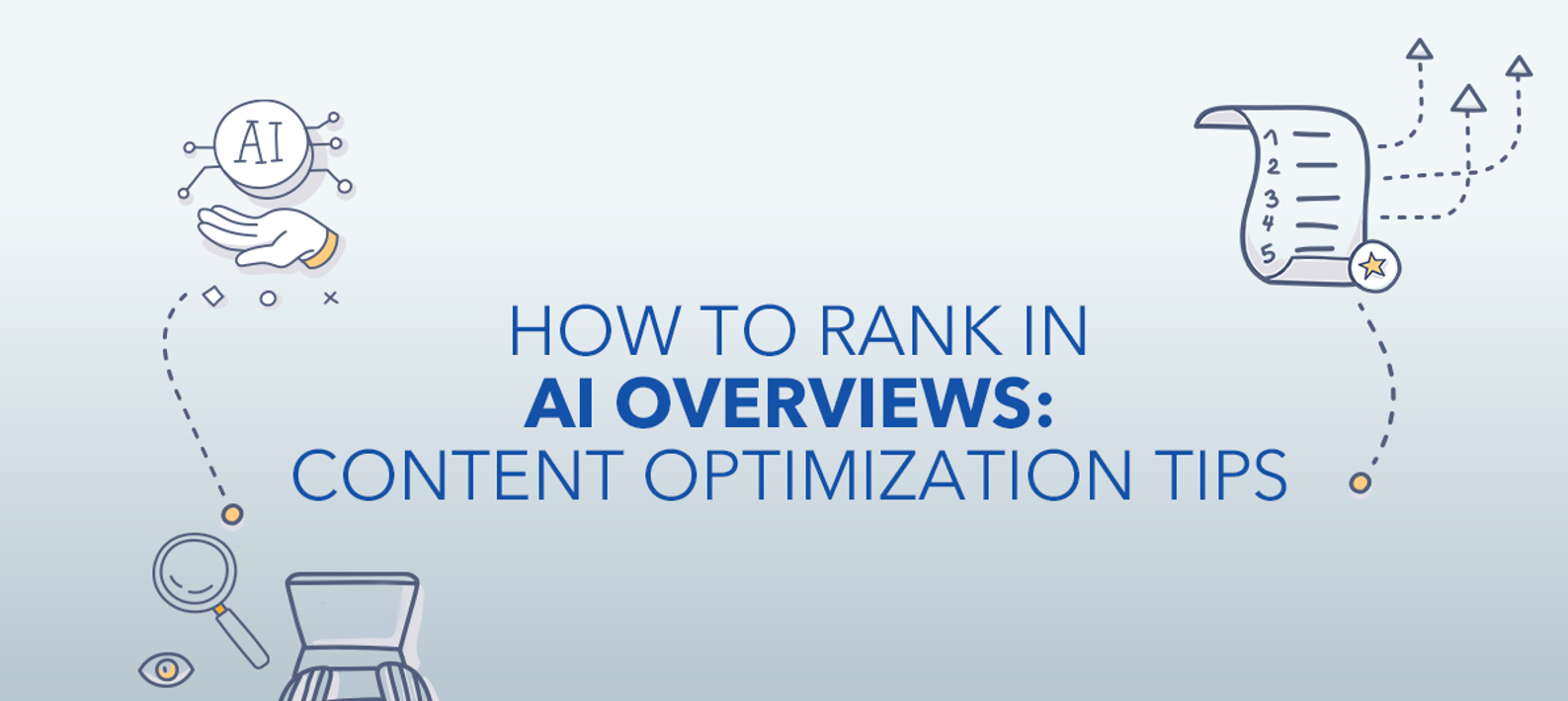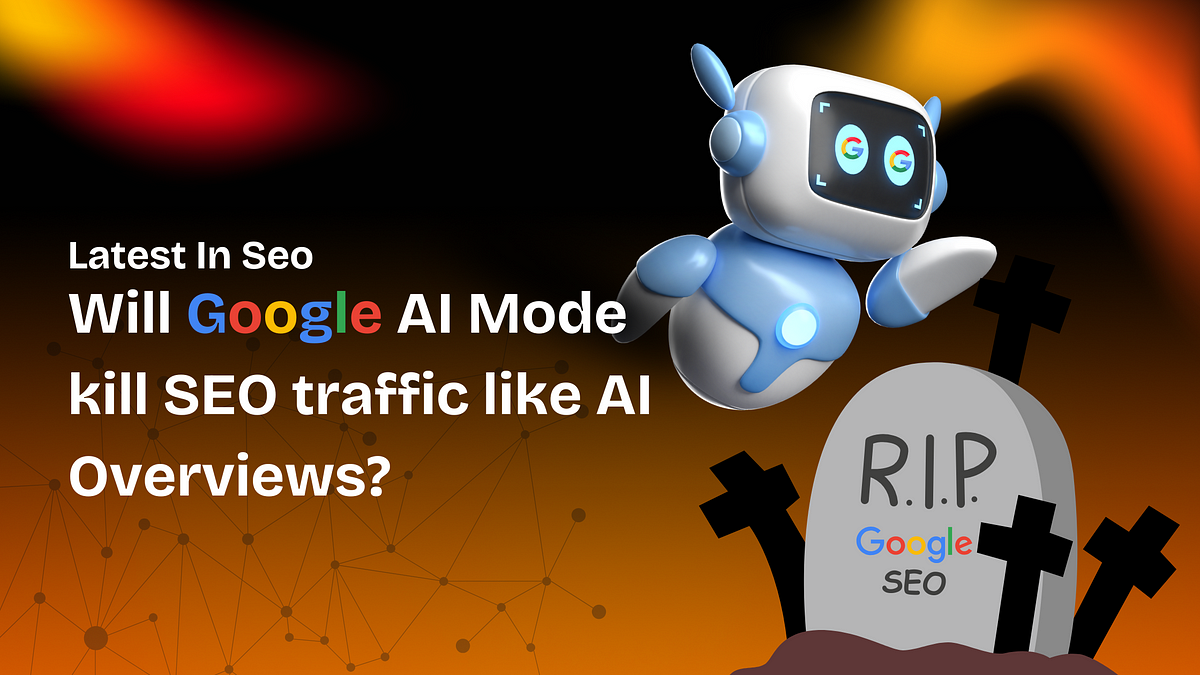In 2025, SEO is changing fast. One of the key new terms you will hear is INP, or Interaction to Next Paint. But what is INP? Why does it matter? And how can you improve it to boost your SEO services, performance marketing, and brand positioning? Let’s dive in.
What Is INP?
INP measures how quickly your website reacts when someone clicks or interacts with it. It shows the time from when a user acts (like clicking a button) to when the page responds visually.
Google wants websites to feel fast and smooth. If your website takes too long to respond, visitors get frustrated and may leave. That hurts your SEO ranking.
INP replaced an older metric called FID (First Input Delay) in 2024. So, optimising INP is now essential for any serious SEO strategy.
Why Is INP Important for SEO?
Google ranks websites based on user experience. A fast, responsive site gets better rankings. A slow site can lose visitors and sales.
Improving INP helps you in many ways:
- Better User Experience: Visitors stay longer and engage more.
- Stronger Brand Positioning: Fast sites build trust and credibility.
- More Effective Marketing: Your performance marketing, PPC services, and SEM services work better when your site is quick and easy to use.
How to Check Your INP Score
To optimise, you first need to measure. Use these tools:
- Google PageSpeed Insights: Shows your INP score.
- Google Search Console: Provides Core Web Vitals data, including INP.
- Lighthouse Tool: Helps test site responsiveness in a controlled environment.
What Is a Good INP Score?
- Good: Less than 200 milliseconds
- Needs Improvement: 200 to 500 milliseconds
- Poor: Over 500 milliseconds
Aim for under 200 ms to keep your SEO strong.
Easy Ways to Improve Your INP
You don’t need to be a tech expert to improve your INP. Here are simple steps that make a big difference.
1. Reduce Heavy JavaScript
Too much JavaScript can slow your site’s response.
- Remove unused scripts.
- Split the code to load only what is necessary.
- Delay non-essential scripts.
2. Make Event Handlers Fast
Event handlers respond to clicks or taps.
- Keep the code short and simple.
- Avoid heavy processing during user actions.
3. Break Up Long Tasks
Tasks that run for more than 50 milliseconds can cause delays.
- Split big tasks into smaller parts.
- Use web workers to run heavy tasks in the background.
4. Fix Layout Shifts
Unexpected layout changes slow down page updates.
- Reserve space for images and ads.
- Avoid adding content above existing content after loading.
5. Focus on Important Interactions
Prioritise responsiveness on buttons, menus, and forms, where users expect quick feedback.
6. Limit Third-Party Scripts
External scripts from ads or chatbots may slow your site.
- Remove unnecessary third-party tools.
- Load required scripts asynchronously.
Why INP Matters for Your Brand
Fast sites make visitors happy. Happy visitors trust your brand. This helps your brand positioning and keeps people coming back. It also makes your SEO services and marketing campaigns more effective.
Keep Testing and Improving
SEO and web performance change all the time. Keep checking your INP regularly. Make minor improvements often. This will help your site stay fast and competitive.
INP is an integral part of SEO in 2025. It measures how quickly your site reacts to users. By improving INP, you boost user experience, strengthen brand positioning, and support your performance marketing and PPC services.
Focus on making your website responsive and smooth. That way, your SEO and SEM services will deliver better results.



